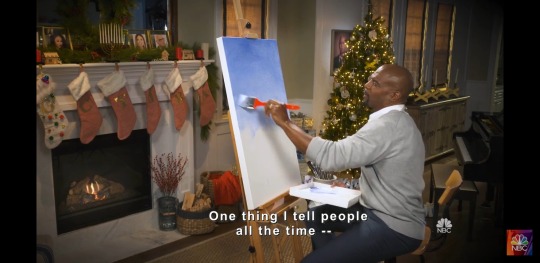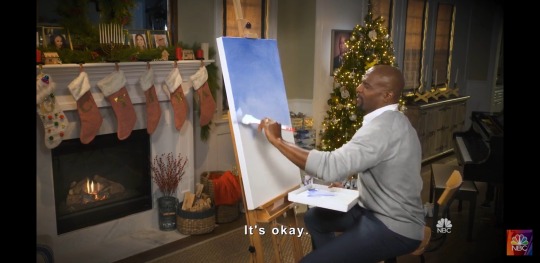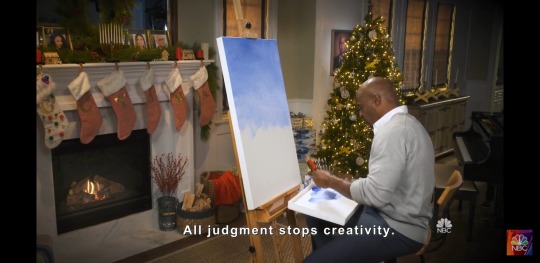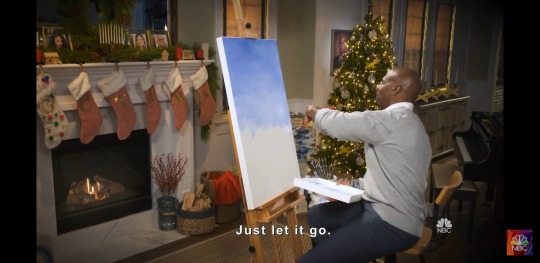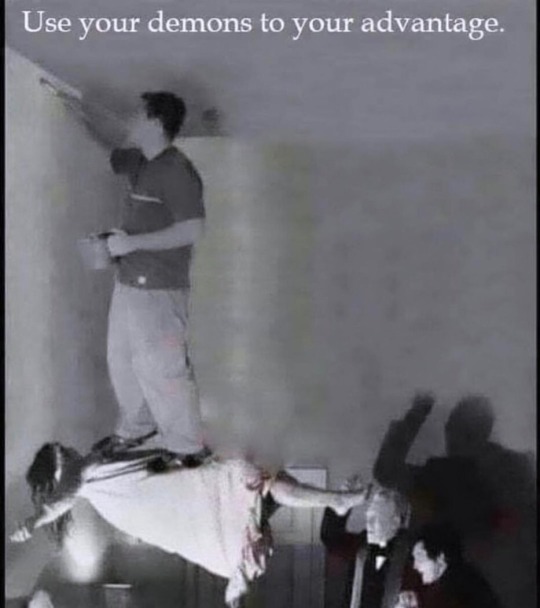Film & Toon Physics Scholar! ANIMATOR + DIRECTOR [MANNY O. ART © 1996] DeviantART || YouTube
Don't wanna be here? Send us removal request.
Video
vimeo
Guggenheim Bilbao_4K from Mailab on Vimeo.
A short documentary about the modern and contemporary art museum, belonging to the Solomon R. Guggenheim Foundation and located alongside the Nervion River in Bilbao (Basque Country, Spain). The building is one of the most famous work of contemporary architecture designed by Frank Gehry / Ghery Parters with the engineering consultancy of Srinvasa 'Hal' Iyengar / SOM. In addition to architecture, large-scale, site-specific works and installations by contemporary artists are also documented.
* * * Gears * * * Panasonic GH5S Lumix 1:2.8 / 12-35 Laowa 1:2.0 / 7.5 Zhiyun Plus Dji Mavic Pro Davinci Resolve Studio 17
0 notes
Video
vimeo
JAPAN MINIMALISTS from Megumi Lim on Vimeo.
Fumio Sasaki's one-room Tokyo apartment is so stark, friends liken it to an interrogation room. He owns three shirts, four trousers, four pairs of socks and only 150 things in total.
Money isn't the issue. The 36-year-old editor has made a conscious lifestyle choice, joining a growing number of Japanese deciding that less is definitely more.
Influenced by the spare aesthetic of Japan's traditional Zen Buddhism and worry about falling objects in one of the world's most earthquake-prone nations, these "minimalists" buck the norm in their sharply consumerist society by dramatically paring back their possessions.
Sasaki, once a passionate collector of books, CDs and DVDs, became tired of keeping up with trends two years ago.
"It's not as though you feel satisfied after collecting a certain amount of stuff. Instead, you keep thinking about what you're missing. Now, I feel contented with what I have," he said. Sasaki spent the next year selling his possessions or giving them to friends.
Others welcome the chance to own only things they truly like - a philosophy also applied by Mari Kondo, whose "KonMari" organizational methods have swept the United States.
"It's not that I had more things than the average person, but that didn't mean that I valued or liked everything I owned. That became quite unsettling for me," said Katsuya Toyoda, an online publication editor who has only one table and one futon in his 22-square metre apartment.
Some minimalists, such as former shopaholic, Saeko Kushibiki, found herself minimizing her circle of friends after taking on the new lifestyle.
"My female friends would look at a cute product and go 'kawaii! (cute!)' and buy them. I don't have the same reaction any more, these products just look like junk to me. I feel a distance there."she said.
Inspiration for Japan's minimalists came from the United States, where early adherents included Apple founder Steve Jobs. Definitions vary, because the goal isn't just cutting down on possessions but re-evaluating what they mean to gain something else - in Sasaki's case, time to travel.
Just how big their numbers are is unclear, but Sasaki and others estimate that hard-core minimalists, like them, are in the thousands. If aspiring minimalists are included, this may climb to tens of thousands.
Some say minimalism is not foreign but actually a natural outgrowth of Zen Buddhism.
Forty-one-year-old freelance writer, Naoki Numahata says he also keeps sound minimal by doing things slowly and carefully.
"When my daughter is asleep, I become a 'sound minimalist.' My movement becomes more graceful and pleasant, something similar to what you would learn at a tea ceremony or flower arrangement class. I think these things are all connected," he said.
Numahata said while it was liberating to get rid of his possessions, he and his wife did not throw away their daughter's things as they did not want to force her into it. Though they no longer visit toy stores to buy more toys.
Cutting down on unnecessary movements is a teaching within the tea ceremony, a zen discipline that puts emphasis on expressing beauty through simplicity.
Minimalists also argue that fewer possessions serves an eminently practical purpose in Japan, which is regularly shaken by earthquakes. Fewer household items mean being less prone to being injured by falling objects. In 2011, a 9.0 quake and tsunami left nearly 20,000 dead - and caused many people to take a new look at material things, Sasaki said.
Copyright(c) Copyright Thomson Reuters 2016. For Reuters customers only.
3 notes
·
View notes
Video
vimeo
Bruce Mau: We Must Design a New Way of Living from Louisiana Channel on Vimeo.
“Let’s design how we behave.” If you are interested in the ground-breaking work of Bruce Mau, this is the one interview to watch. “Design is a mindset – of optimism and action. We cannot afford the luxury of cynicism.”
Find out, how architecture and design can form and change the world we all are sharing. Designer-icon Bruce Mau here takes us through his life, career, and design philosophy. Learn how the latter was formed by growing up on a farm, the cold Canadian winter and why empathy is the beginning of all good design. “The way we live is either left to chance or it is designed. The moment you want specific outcomes, you are designing your life.”
“If you think about the way we do almost everything today, it’s still designed around an outmoded understanding of science, it’s still designed as if we owned nature and that we are not part of nature, it’s still designed as if nature is unlimited and we have unlimited resources to deal with, it’s still designed as if there were no implications to the decisions we make. When in fact all of those things have now changed. We now understand there is a real limit to the boundaries of nature, we are part of nature, and where we fail to design, we design for failure. We ensure that we are going to destroy the ecologies that sustain us.”
Bruce Mau (b. 1959) is a Canadian designer. Mau began as a graphic designer but has later extended his creative talent to the world of architecture, art, films, conceptual philosophy, and eco-environmental design. From 1985-2010, Mau was the creative director of Bruce Mau Design (BMD), and in 2003 he founded the Institute Without Boundaries in collaboration with the School of Design. In 2010, he went on to co-found The Massive Change Network in Chicago. Mau is the recipient of prestigious awards including the Chrysler Award for Design Innovation in 1998, the American Institute of Graphic Arts Gold Medal in 2007, the Philadelphia Museum of Art’s Collab Design Excellence Award in 2015, and the Cooper Hewitt 2016 National Design Award for Design Mind – for his impact on design theory, design practice and public awareness. In 1998, Mau designed a widely circulated 43 point manifest called ‘The Incomplete Manifesto for Growth’, which assists its users in forming and assessing their design process. Mau is also the author of iconic books such as ‘S, M, L, XL’ (1995) with Rem Koolhaas: an architecture compendium that quickly became a requisite addition to the shelves of creatives. In June 2020, he will publish ‘MC24’, which features essays, observations, project documentation, and design work by Mau and other high-profile architects, designers, artists, scientists, environmentalists, and thinkers of our time.
Bruce Mau was interviewed by Marc-Christoph Wagner in connection with The World Around conference (theworldaround.com/) in New York City in January 2020.
Camera: Jakob Solbakken Edited by Klaus Elmer Produced by Marc-Christoph Wagner Copyright: Louisiana Museum of Modern Art, 2021
Supported by Den A.P. Møllerske Støttefond
1 note
·
View note
Video
vimeo
Noam Kroll - Authentic Film Grain Packs from Noam Kroll on Vimeo.
I've created six original film grain looks from actual scans of film, designed to give an analog feel to digital footage. Two separate packs are offered - Clean & Dirty, each of which include grain structures for Super 35mm, Super 16mm, and Super 8mm film.
You can read more about the grain packs at my website: noamkroll.com/my-authentic-film-grain-packs-are-now-available-choose-clean-or-dirty-stocks-in-35mm-16mm-8mm/
Hope you guys enjoy them!
2 notes
·
View notes
Text
IT’S SO HARD WHEN YOU’RE IN A CUDDLY MOOD AND DON’T HAVE ANYONE TO CUDDLE WITH THIS IS AN OUTRAGE
1M notes
·
View notes
Text
You have been bopped by the bopping stick.
You have been booped by this empty wrapping paper tube.
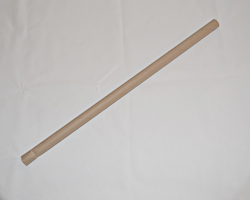
Reblog to boop all of your followers with it.
367K notes
·
View notes
Audio
Ain’t No Mountain High Enough - Diana Ross (Diana Ross, 1970)
217 notes
·
View notes
Photo








Instagram art dump
Art/characters © ZombiDJ [do not use or copy]
235 notes
·
View notes
Photo
RAAAAAAAAAEEEEAAAAAAEEEAAAOOOWOOAAAA—-

Don’t worry about it!
Art © ZombiDJ
179 notes
·
View notes
Note
can you explain what aftercare is exactly?
it’s pretty much what it looks and sounds like! dom sub stuff can get pretty intense and everyone involved usually has to kinda relax at the end of it all and get back to reality.
cuddles, massages, smooches, all that kind of stuff to indicate that you are actually human beings who care about each other.
moisturise those slapped butts
204 notes
·
View notes
Video
youtube
This is one of the most epic things i’ve ever seen or heard, why cant there be more to the anime for this too only 1 OVA to something that can potentially become something amazing UUUUUGGGGHHHHH!
10 notes
·
View notes
Photo

Hannes, once a gentle, caring girl, was manipulated by the Ristaccia, killed the people living near the Spring of Lourdes and burned the island to ashes.
The oratorio, that can be interpreted as what Ristaccia said to her, is here, in the third video. In the first one there are glances of her story and her realization of what she did.
38 notes
·
View notes
Photo

Santa Ristaccia Santa Ristaccia Venga il tuo regno, Patrona.
103 notes
·
View notes
Photo
Idol!!









Some of the beautiful art by Maya from the Epic of Zektbach guide book. Thanks to user Crystalsuicune for uploading. I really love this art, music and story. Glad to see it has finally been compiled officially.
1K notes
·
View notes
